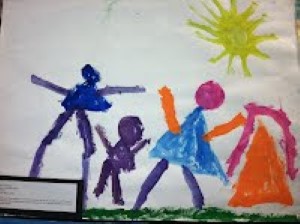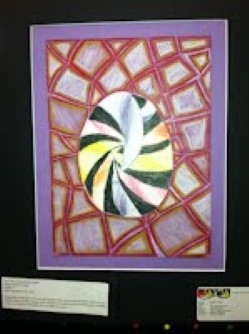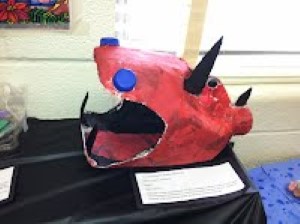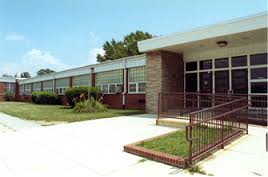Art Integration
What does “Choice” look like?
John Hanson's program is based on the practices and principles of nationally recognized and research-backed “Teaching for Artistic Behavior” (TAB, or Choice-based) method of teaching
- The student is the artist.
- The classroom is their studio.
- Students are offered real choices for responding to their own ideas and interests through the making of art.
- A teaching practice that supports multiple modes of learning to meet the diverse needs of all students.
- The classroom is organized into smaller “studios” where students find materials, tools and resources.
- Students are taught how to set up their workspace and generate and explore their own ideas.
- Students work at their own pace independently or with peers.
- New concepts, content, media and techniques are delivered in short demonstrations or discussions at the start of each class.
- Art history and contemporary topics are woven into work sessions as appropriate and relevant to the ongoing work of the students.
- Students can work directly with the instructor when mastering new techniques or solving difficult problems.
Parents will notice that the artwork their children bring home might look different than in previous years. Since choice-based art education puts the student in charge of choosing media and subject matter, there will be an extremely wide variety of projects coming out of the same classroom. It is important to note that children’s inspiration should come from their personal experiences and perspectives of the world around them. To most children, the process of creating something is in itself the work of art. A child’s world is quite different from our own…their art should truly be “childlike”.
Assessment
Because the choice-based classroom is structured toward individualized learning, the teacher has the opportunity to more authentically assess students’ growth and learning in their daily activities. This is done through observations, checklists, and teacher-student conferences. Students are also given frequent opportunities to self-assess their progress using various tools, including rubrics, journals, artist statements, and presentations. Information gained in self-assessments builds confidence in students while providing a measure of growth.
Student artists will be assessed daily on their ability to: plan; focus and persevere; use materials in an innovative way; find inspiration; review and improve their work; employ the elements of art and principles of design; respect materials, tools, and others’ artwork; be productive; create finished pieces; and reflect on the creative process. Finished projects are graded using rubrics designed by both students and teacher. Students choose which projects to display and write or dictate a statement about the work or the process involved in creating it.
John Hanson Montessori’s Choice-Based Art Education program is firmly rooted in the standards of Maryland’s Voluntary State Curriculum. The VSC for elementary art is organized into four strands:
Perception – developing abilities to organize ideas from the environment. This is the strand that most traditional art programs struggle with the most, while choice-based rooms have the greatest success. Children do not learn to become dependent on the teacher for ideas.
Creative Expression/Performance – developing the ability to express ideas in original works of art. Since the ideas belong to the student, they are not only original, but also more expressive. The child is not mimicking what the teacher has done.
Historical/Cultural Heritage – developing understanding of art from a variety of cultures and historical periods and developing understanding of various cultures and historical periods from art. Each child will innately create art based in their own culture, and during share time they will be exposed to their classmates’ varied cultures. The teacher will also introduce cultures and historical periods as appropriate.
Response/Evaluation – making judgments about personal artworks and the works of others. Students participate in small and large group discussions, written self-evaluation, journals, artist statements, and so on.



